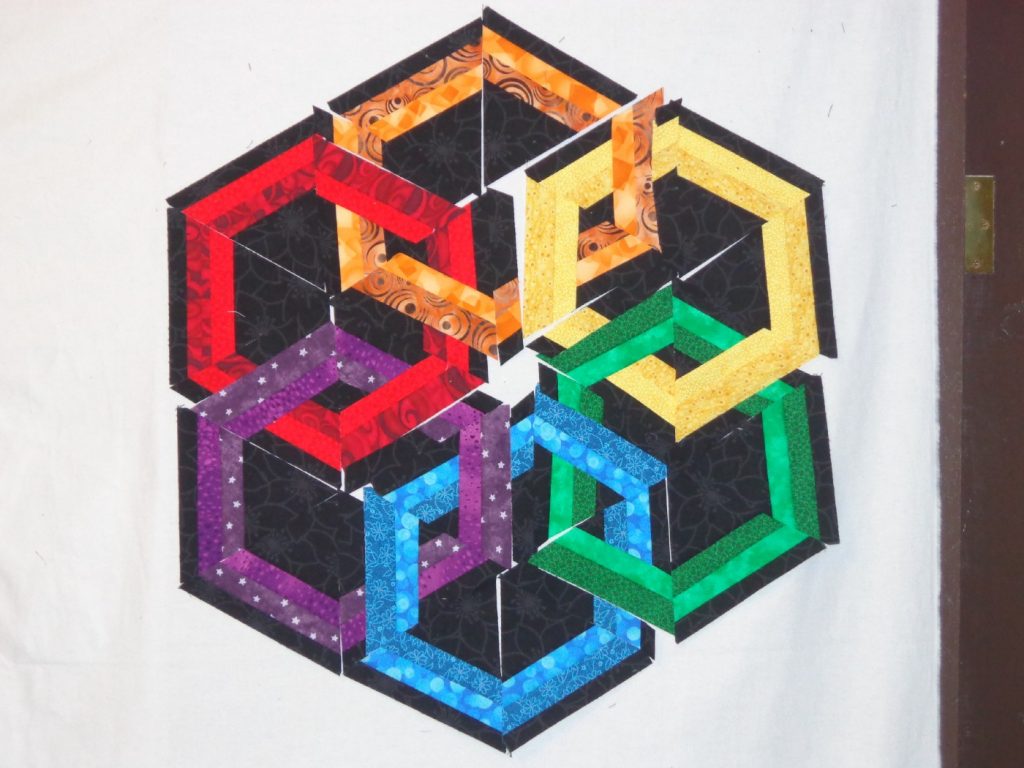The Future of Open Badges is Verifiable
By Kerri Lemoie, Director, Digital Credentials Research & Innovation at Concentric Sky & Badgr – July 17, 2021
When Open Badges was kicking off ten years ago (see the original white paper), it was conceived to be a recognition infrastructure for skills attained and achievements accomplished anywhere at any time. Badges could assert skills learned informally, formally, really in any aspect of and through life. It was hoped that recruiters, employers, and others could evaluate the badges to find people who had skills that aligned with the opportunities being offered. It was envisioned they could work like other types of credentials such as degrees and certifications, “but with room for much more granular or diverse skill representation” and available opportunities to capture these skills.
The infrastructure for this type of recognition system was a format called a digital badge. More than just a digital sticker, the badges would be filled with metadata properties describing the skills and achievements. Then the badges could convey the metadata both as human readable and machine readable content. By having a standard to describe the metadata and how it would be verified, Open Badges became usable in many technologies and contexts. For the most part, this resulted in badges being shared online on issuing platforms and social media — more as a tool for human understanding than one that took full advantage of the potential for machine readability.
Since then, the ethos of Open Badges, recognizing skills anywhere and anytime, has strengthened. Growth has accelerated, especially in the past few years. IMS Global and Credential Engine’s Badge Count 2020 Reportindicated that there’d been an 80% increase in issued badges since 2018. Its use has expanded into more formal institutional contexts, the metadata have evolved, and initiatives have risen around it including the Open Recognition Alliance, Badge Summit, and the Open Skills Network.
Over the years, internet technologies have evolved too and a credential verification model at the W3C called Verifiable Credentials has gained traction. This verification model can be used for any type of credential including passports, drivers licenses, and educational credentials like Open Badges. In fact, members of the Open Badges community helped to write the very first use cases for Verifiable Credentials back in 2018. This was because we knew then that if Open Badges data were to be trusted by apps, they not only needed to be readable by machines, they needed to be verifiable.
The Verifiable Credential model can provide security and privacy enhancements not yet available to Open Badges. This model gives learners persistent access to their badges increasing the longevity and resilience of credentials that were intended to promote and support lifelong learning. A more secure and universally supported verification model such as Verifiable Credentials enables Open Badges to become the personal skills currency it was originally envisioned to be.
Concentric Sky (Badgr) has offered a proposal for a new version of Open Badges that explains what is needed to make it work within the Verifiable Credentials model. The use cases in the proposal provide scenarios where Open Badges are earned and then how they are exchanged. In one use case, a medical professional is able to start her new job sooner because her CME’s can be quickly verified:
Verifying Continuing Ed: Denise was offered a new job at a hospital as a physician assistant. Before starting, her continuing education training and license to practice needed to be verified. The last time she switched hospitals, the verification process took three weeks. This time, she was able to provide her badges to prove her training and license. Within minutes her credentials were verified and she was issued a new digital staff credential
In another use case, a career change is facilitated by using verifiable Open Badges to map skills to jobs:
Mapping Skills: Sid is shifting careers after many years working in construction. In his digital wallet he had several skill badges describing his mastery of several skills in construction but also in teamwork, communication, and organizational skills. Sid also had badges from some courses he’d taken in science and math over the last few years. After he uploaded the skill and course badges from his wallet to a career planning site, he was offered several opportunities to apply for work in software sales and cybersecurity.
Meer weten? Klik dan hier voor de link naar het originele bericht.
De fantastische afbeelding is het werk van Darla: http://www.flickr.com/photos/pedrosz/2040577615 under a Attribution 2.0 Generic (CC BY 2.0) license.

